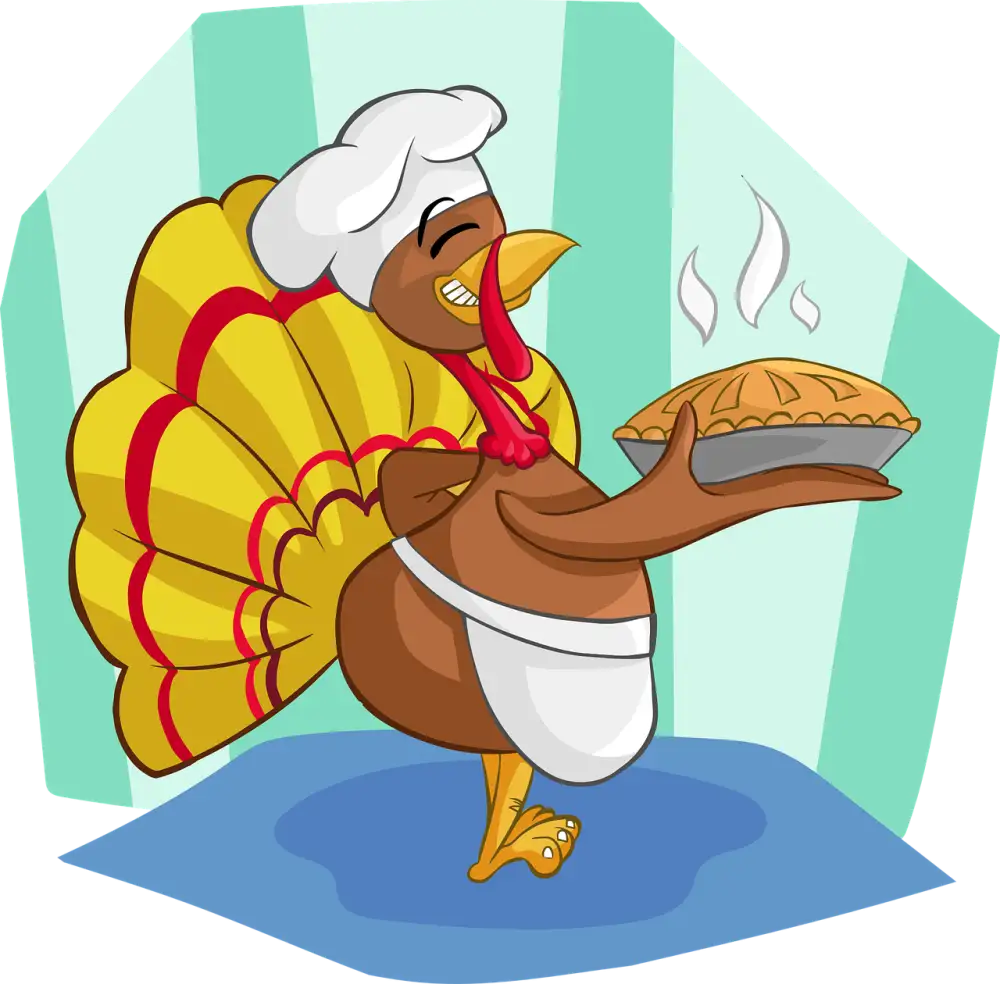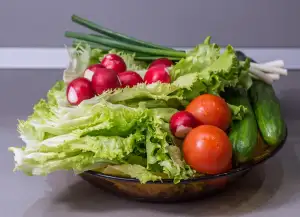Mastering Cooking Time for Turkey: Your Guide to Perfectly Roasted Poultry

Cooking a turkey can be a daunting task, especially if you're not familiar with the proper cooking time. The key to achieving a perfectly roasted turkey lies in understanding the factors that affect cooking time and following recommended guidelines. Whether you're preparing a whole turkey, turkey breast, or turkey legs and thighs, knowing the right cooking time is crucial for juicy and flavorful results. In this guide, we will explore the different cooking times for various parts of the turkey and provide tips to ensure your bird is cooked to perfection every time. So let's dive in and master the art of cooking time for turkey!
Factors Affecting Cooking Time
Several factors can influence the cooking time of a turkey. The size and weight of the bird play a significant role. A larger turkey will require more time to cook thoroughly compared to a smaller one. Additionally, the type of oven being used can affect cooking time. Convection ovens tend to cook faster than conventional ovens.
The temperature at which the turkey is cooked also affects cooking time. Roasting at a higher temperature will result in a shorter cooking time, while roasting at a lower temperature will require more time. It is essential to follow the recommended internal temperature guidelines for food safety.
Furthermore, whether the turkey is fresh or frozen can impact cooking time. If using a frozen turkey, it must be fully thawed before roasting to ensure even cooking throughout.
Lastly, the presence of stuffing inside the turkey cavity can increase cooking time. The stuffing acts as an insulator and slows down heat penetration into the bird. It is crucial to adjust the cooking time accordingly when preparing a stuffed turkey.
Considering these factors will help you determine the appropriate cooking time for your turkey, ensuring that it is cooked thoroughly and deliciously.
Recommended Cooking Time for Whole Turkey
When it comes to cooking a whole turkey, timing is everything. The recommended cooking time for a whole turkey depends on its weight. As a general rule of thumb, you should allow approximately 15-20 minutes of cooking time per pound of turkey.
For example, if you have a 12-pound turkey, you would need to cook it for about 3-4 hours. However, it's important to note that this is just an estimate and the actual cooking time may vary based on other factors such as the type of oven and the desired level of doneness.
To ensure that your turkey is cooked to perfection, it's crucial to use a meat thermometer. Insert the thermometer into the thickest part of the thigh without touching the bone. The internal temperature should reach 165°F (74°C) for the turkey to be considered safe to eat.
Remember that these cooking times are just guidelines and can vary depending on various factors. It's always best to rely on a meat thermometer and check for doneness rather than solely relying on cooking times.
By following these recommended cooking times and using a meat thermometer, you can achieve a perfectly roasted whole turkey that is juicy, tender, and full of flavor. So go ahead and impress your guests with your culinary skills this holiday season!
Cooking Time for Turkey Breast
When it comes to cooking turkey breast, the cooking time can vary depending on the size and whether it is bone-in or boneless. As a general rule, you should cook turkey breast at 325°F (165°C).
For bone-in turkey breast, you can estimate about 20 minutes per pound of meat. So, if you have a 4-pound bone-in turkey breast, it would take approximately 80 minutes to cook. It's important to use a meat thermometer to check for doneness. The internal temperature should reach 165°F (74°C) when inserted into the thickest part of the breast.
If you're cooking a boneless turkey breast, the cooking time will be shorter. You can estimate about 15 minutes per pound of meat. For example, a 3-pound boneless turkey breast would take around 45 minutes to cook.
To ensure even cooking and prevent drying out, consider basting the turkey breast with pan drippings or melted butter every 30 minutes during cooking. This will help keep the meat moist and flavorful.
Remember that these are just guidelines and actual cooking times may vary depending on your oven and other factors. Always rely on a meat thermometer to determine when your turkey breast is fully cooked and safe to eat.
Cooking Time for Turkey Legs and Thighs
When it comes to cooking turkey legs and thighs, the cooking time can vary slightly from the whole turkey. This is because the dark meat in these parts takes longer to cook compared to the breast meat. To ensure that your turkey legs and thighs are cooked to perfection, it is recommended to roast them at a higher temperature than the rest of the bird.
For turkey legs and thighs, preheat your oven to 425°F (220°C). Place them on a rack in a roasting pan and season with salt, pepper, and any desired herbs or spices. Roast for about 20 minutes per pound (45 minutes per kilogram) or until the internal temperature reaches 165°F (74°C).
To check for doneness, insert an instant-read thermometer into the thickest part of the thigh without touching the bone. If it reads 165°F (74°C), your turkey legs and thighs are ready to be removed from the oven. Remember that carryover cooking will continue to raise the temperature by a few degrees as it rests.
Once cooked, let your turkey legs and thighs rest for about 15-20 minutes before carving. This allows the juices to redistribute throughout the meat, resulting in moist and tender poultry.
By following these guidelines, you can confidently cook turkey legs and thighs to perfection every time. Enjoy your deliciously roasted dark meat!
Tips for Ensuring Proper Cooking Time
To ensure proper cooking time for your turkey, here are some helpful tips:
- Use a meat thermometer: Invest in a good quality meat thermometer to accurately gauge the internal temperature of the turkey. This will help you determine when it is fully cooked and avoid overcooking.
- Preheat your oven: Make sure to preheat your oven to the recommended temperature before placing the turkey inside. This ensures even cooking throughout.
- Calculate cooking time accurately: Follow the recommended cooking times based on the weight of your turkey. For every pound, allow approximately 13-15 minutes of cooking time at 325°F (163°C). Adjust accordingly for larger or smaller birds.
- Baste regularly: Basting helps keep the turkey moist and adds flavor. Every 30 minutes, open the oven and use a baster or spoon to drizzle pan juices over the bird.
- Tent with foil if needed: If you notice that certain parts of the turkey are browning too quickly, tent those areas with aluminum foil to prevent them from burning while allowing other parts to continue cooking.
- Rotate the pan: To ensure even browning, rotate the roasting pan halfway through cooking time. This helps distribute heat more evenly across all sides of the turkey.
- Let it rest: Once your turkey reaches its desired internal temperature (165°F or 74°C), remove it from the oven and let it rest for about 20-30 minutes before carving. This allows juices to redistribute throughout the meat, resulting in a juicier and more flavorful bird.
By following these tips, you can ensure that your turkey is cooked perfectly every time, with tender meat and crispy skin that will impress your guests at any gathering.
Checking the Doneness of Turkey
To ensure that your turkey is cooked to perfection, it is crucial to check its doneness. There are a few methods you can use to determine if your turkey is fully cooked. The most reliable way is to use a meat thermometer. Insert the thermometer into the thickest part of the turkey's thigh without touching the bone. The internal temperature should reach 165°F (74°C) for the turkey to be safe to eat. If you don't have a meat thermometer, you can also check the doneness by piercing the thigh with a fork or skewer. If the juices run clear and there is no pink color, your turkey is likely done. Remember, undercooked poultry can pose health risks, so always make sure your turkey is fully cooked before serving it to your guests.
Resting Time for Cooked Turkey
Once your turkey is cooked to perfection, it's important to let it rest before carving. Resting allows the juices to redistribute throughout the meat, resulting in a moist and flavorful bird.
The general rule of thumb is to let the turkey rest for at least 20 minutes before slicing. This resting period allows the muscle fibers to relax and retain their moisture, ensuring a tender and juicy bite.
During this time, you can cover the turkey loosely with foil to keep it warm. The foil will also help to retain the heat and prevent the skin from becoming soggy.
While it may be tempting to dive right into carving, resist the urge and give your turkey the resting time it deserves. Trust me, it will be worth the wait when you taste the succulent and perfectly cooked meat.
So remember, after removing your turkey from the oven, allow it to rest for at least 20 minutes before carving. This simple step will make all the difference in achieving a truly delicious and memorable Thanksgiving feast.
Adjusting Cooking Time for Stuffed Turkey
If you plan on stuffing your turkey, it's important to adjust the cooking time accordingly. The stuffing inside the bird will affect how long it takes for the turkey to cook through. As a general rule, you should add an extra 20 minutes of cooking time per pound of stuffed turkey.
For example, if you have a 15-pound turkey and it is stuffed, you would need to cook it for approximately 5 hours and 40 minutes. This ensures that both the turkey and the stuffing reach a safe internal temperature.
It's crucial to use a meat thermometer to check the doneness of both the turkey and the stuffing. The internal temperature of the stuffing should reach at least 165°F (74°C) to ensure any bacteria are killed off.
To prevent overcooking or drying out the breast meat, you can cover it with aluminum foil during the last hour of cooking. This will help retain moisture while allowing the dark meat in the legs and thighs to continue cooking.
Remember that every oven is different, so it's essential to monitor your turkey closely as it cooks. If you notice that either the turkey or the stuffing is browning too quickly, you can tent it with foil to prevent further browning.
By adjusting the cooking time for a stuffed turkey and using a meat thermometer, you can ensure that both your bird and stuffing are cooked thoroughly and safely. So go ahead and stuff your turkey with delicious flavors, knowing that you've mastered cooking time for a perfectly roasted poultry!
In conclusion, mastering the cooking time for turkey is essential to achieve a perfectly cooked bird every time. By understanding the factors that affect cooking time and following the recommended guidelines, you can ensure that your turkey is juicy, tender, and flavorful. Remember to adjust the cooking time if you are using a stuffed turkey and always use a meat thermometer to check for doneness. Additionally, allowing the cooked turkey to rest before carving will help retain its juices. With these tips in mind, you can confidently roast a delicious turkey that will impress your family and friends on any occasion. Happy cooking!
Published: 17. 11. 2023
Category: Food



